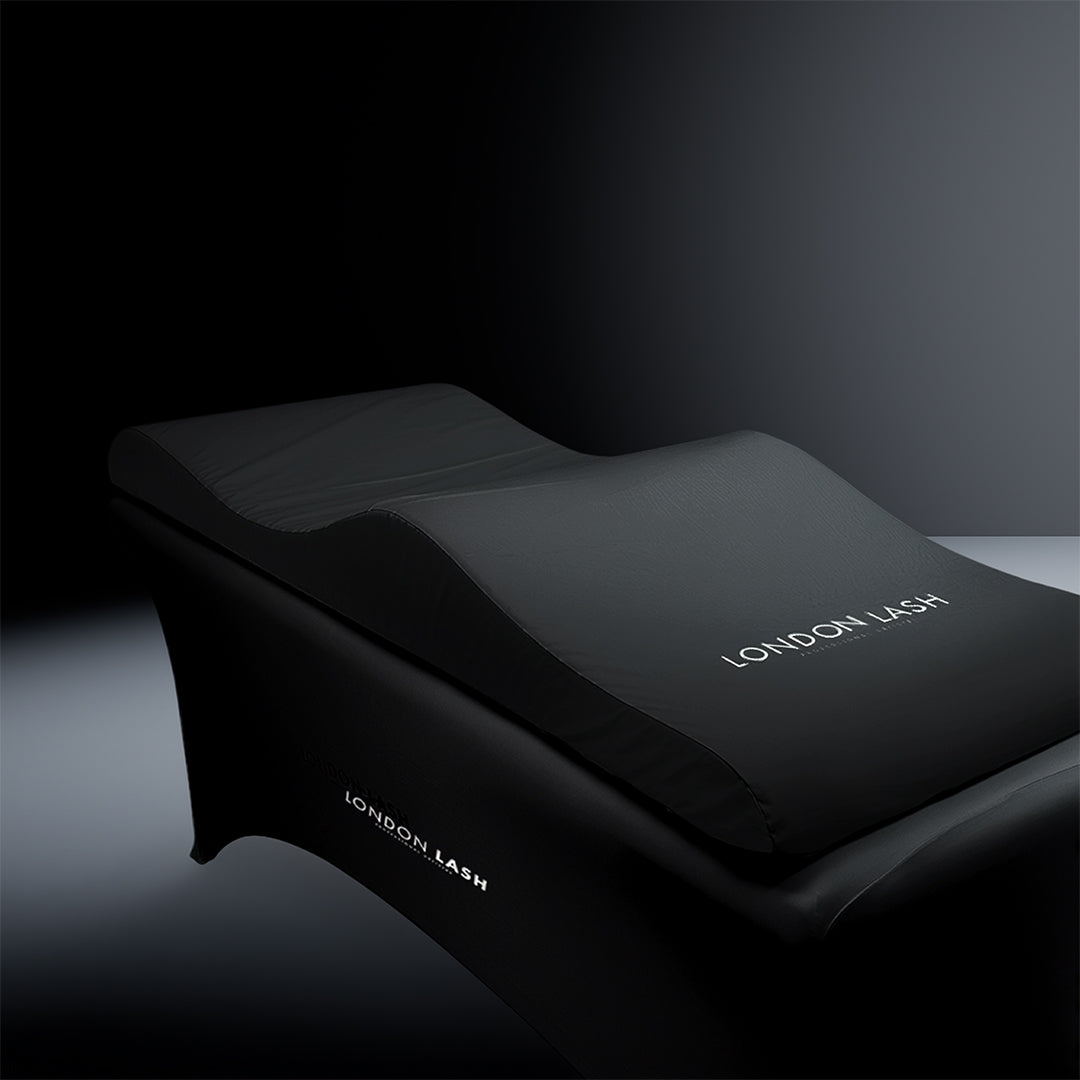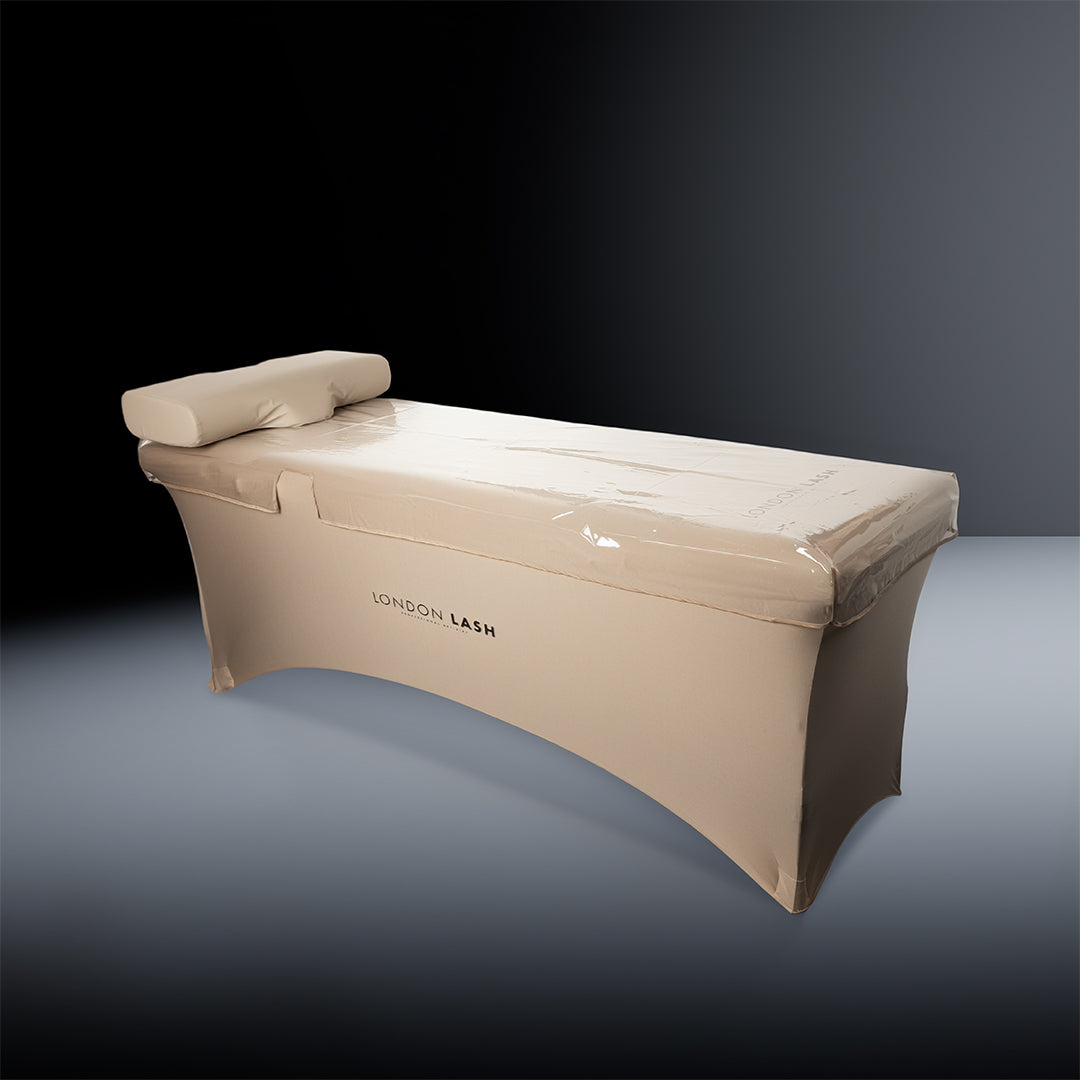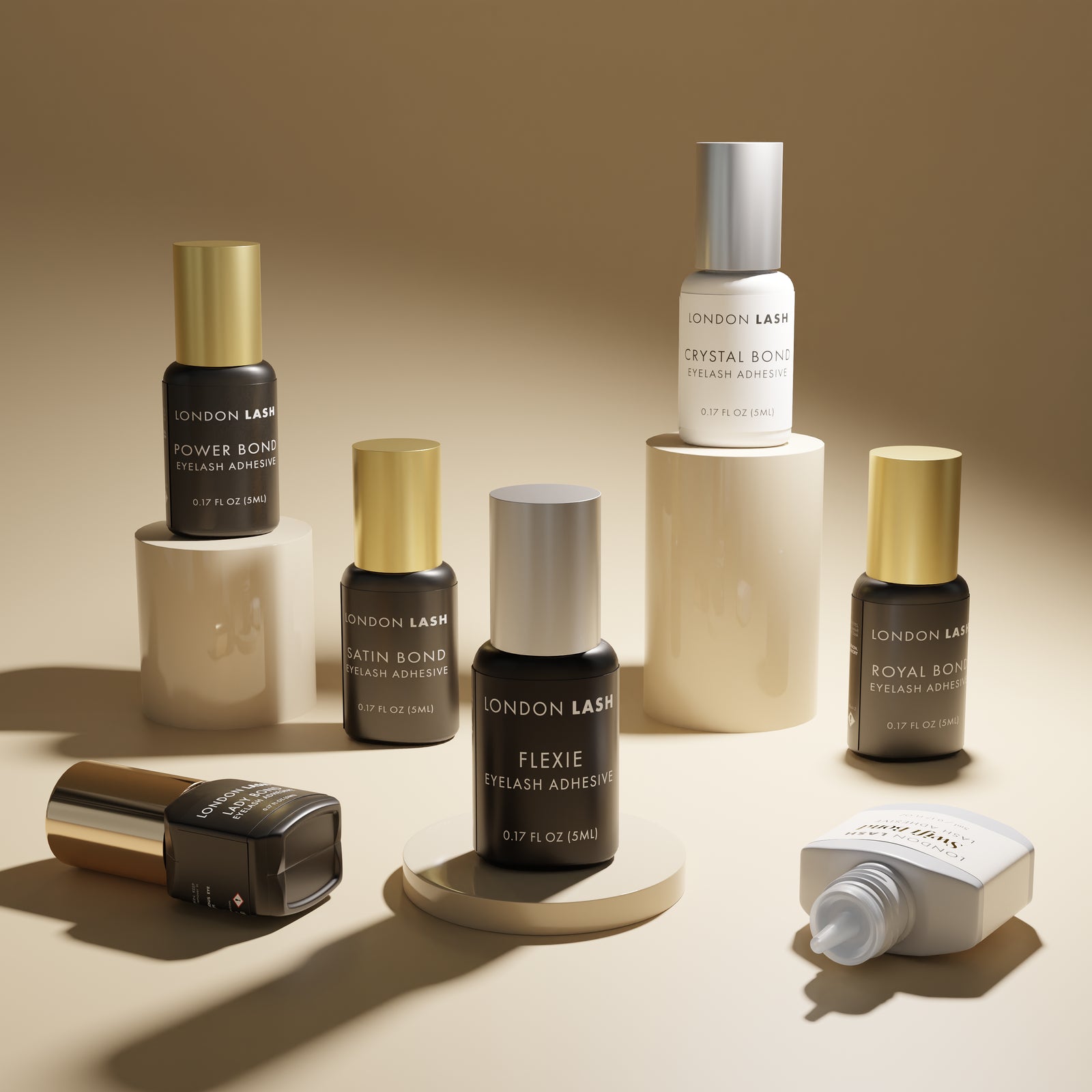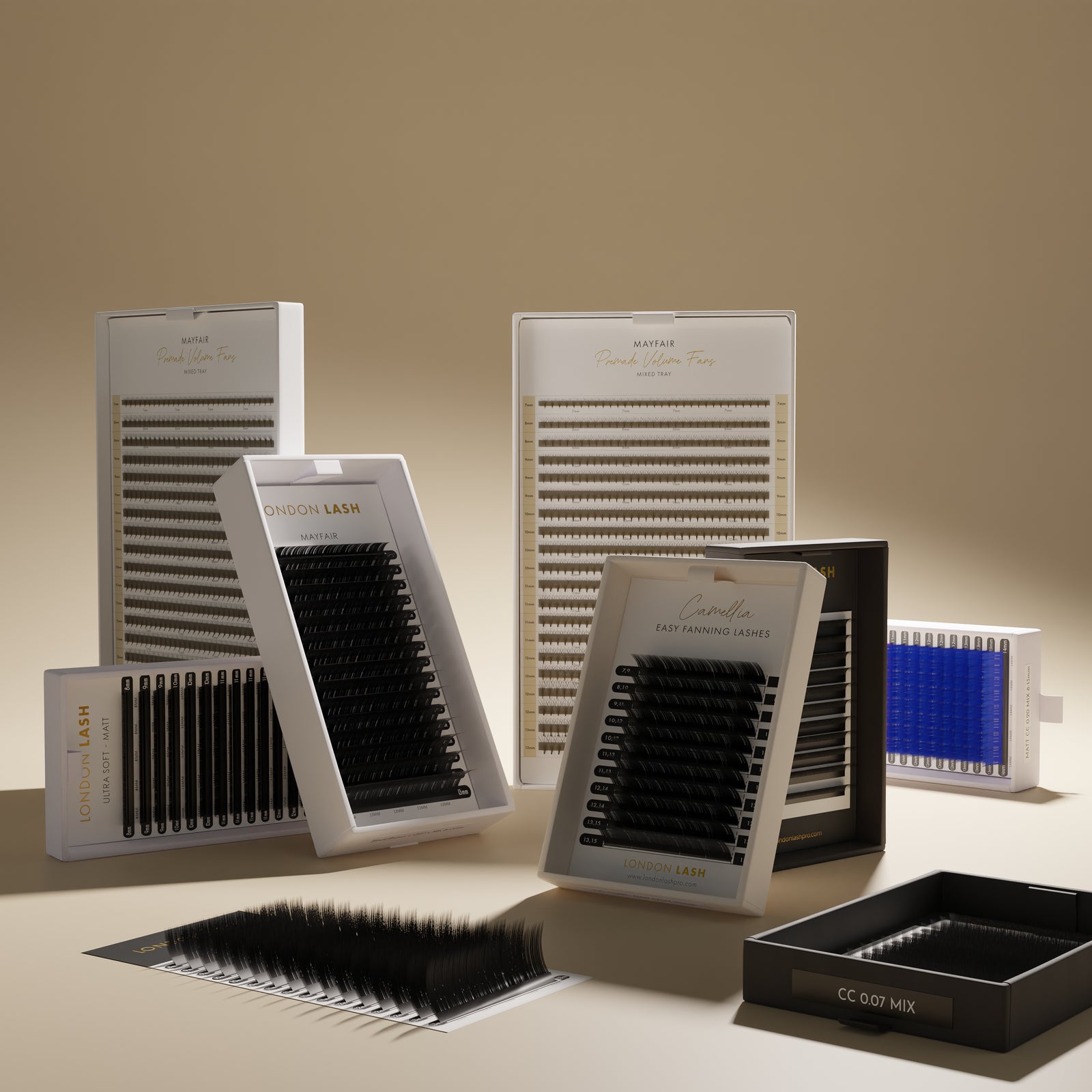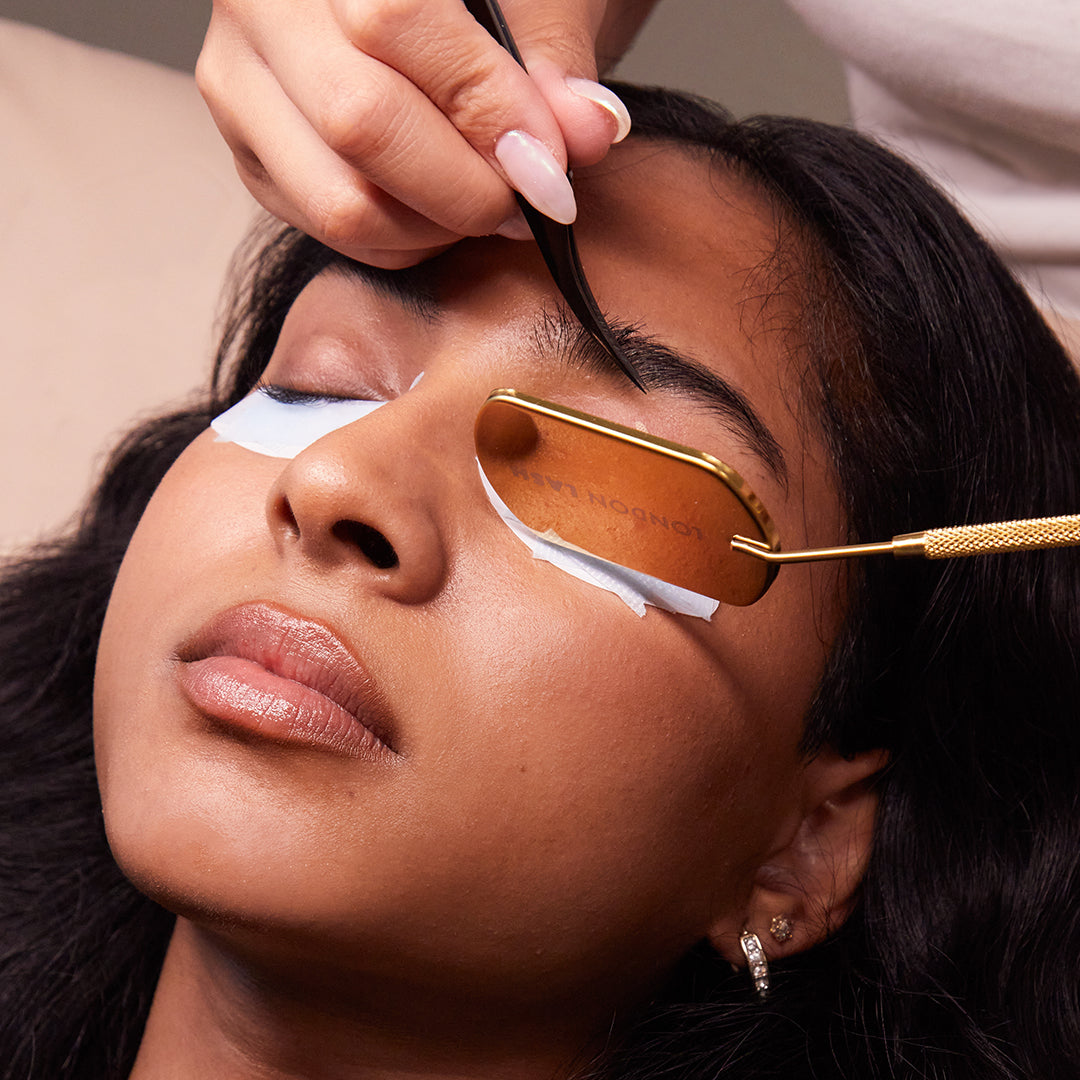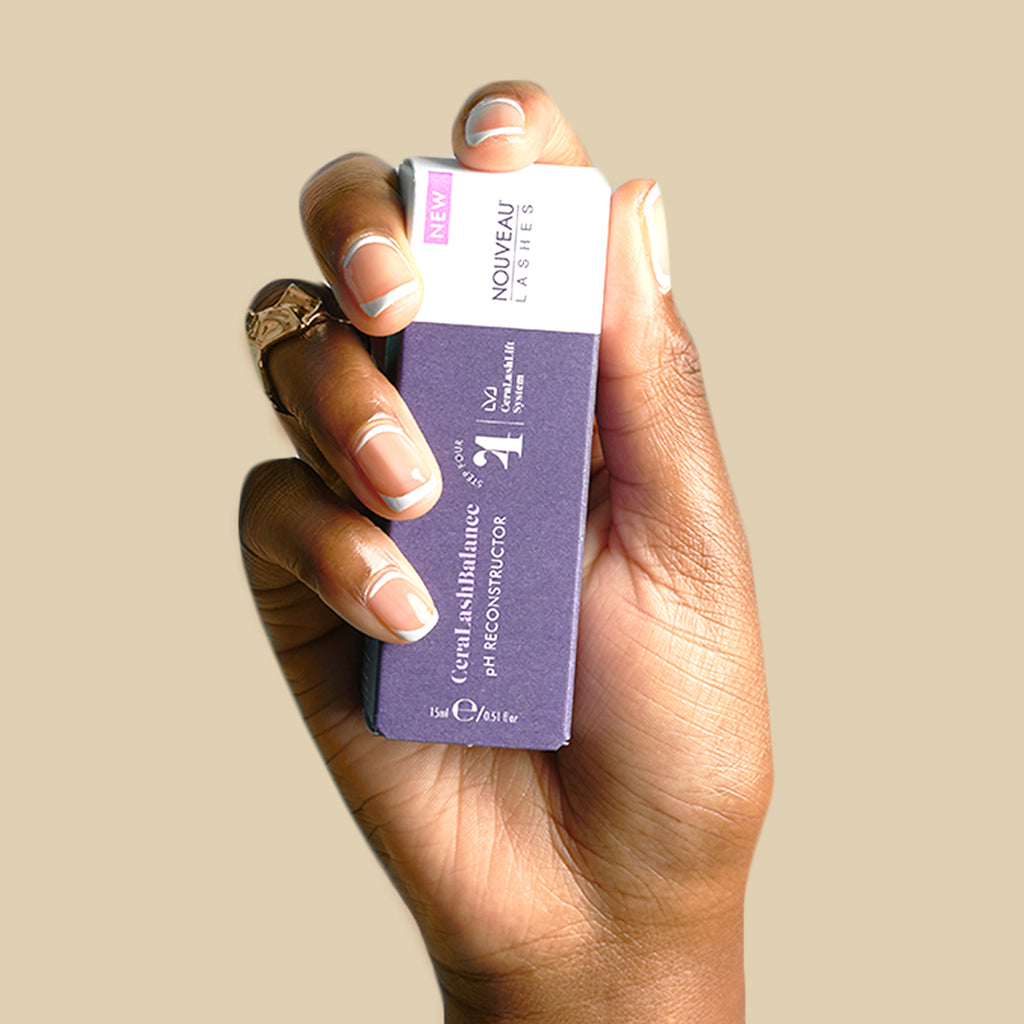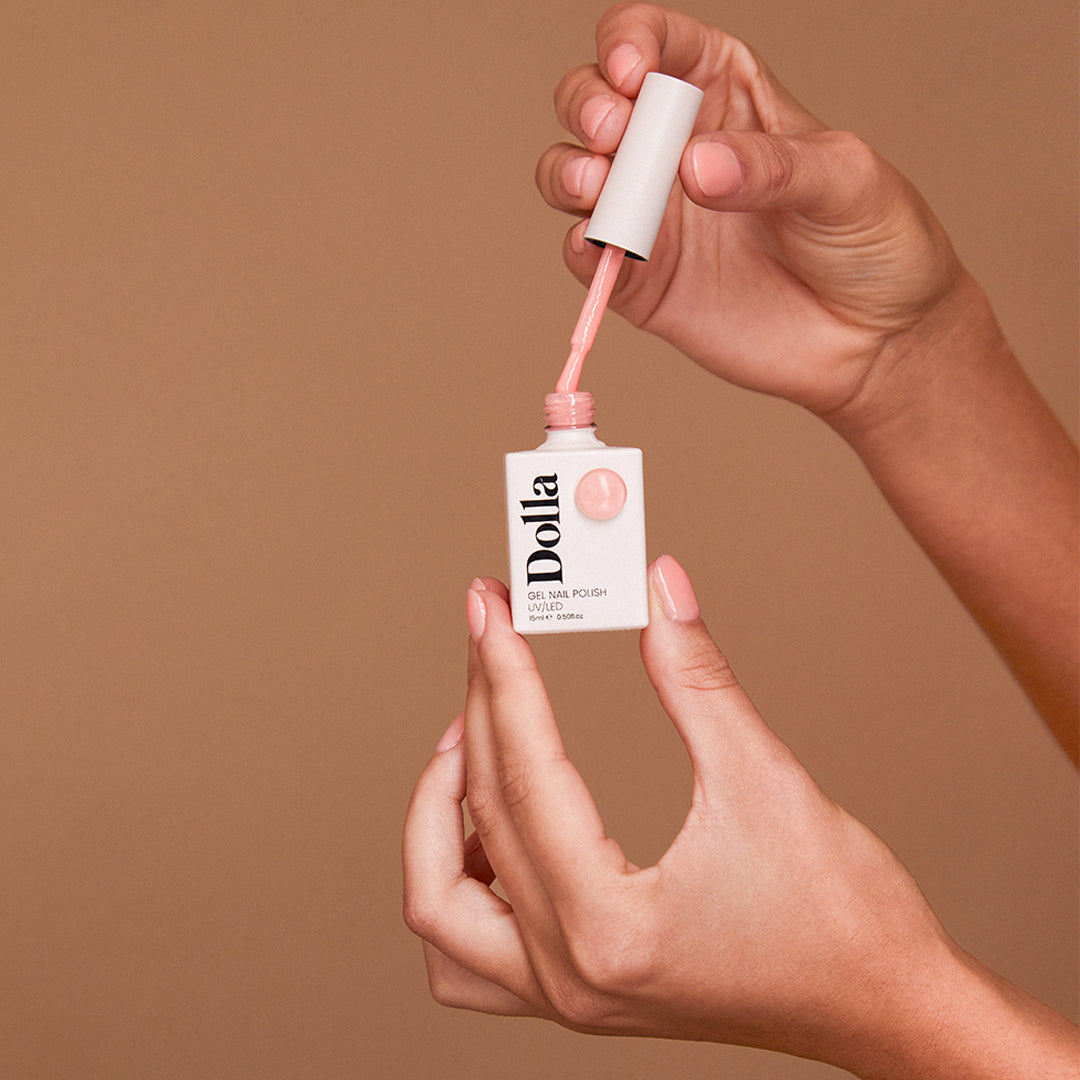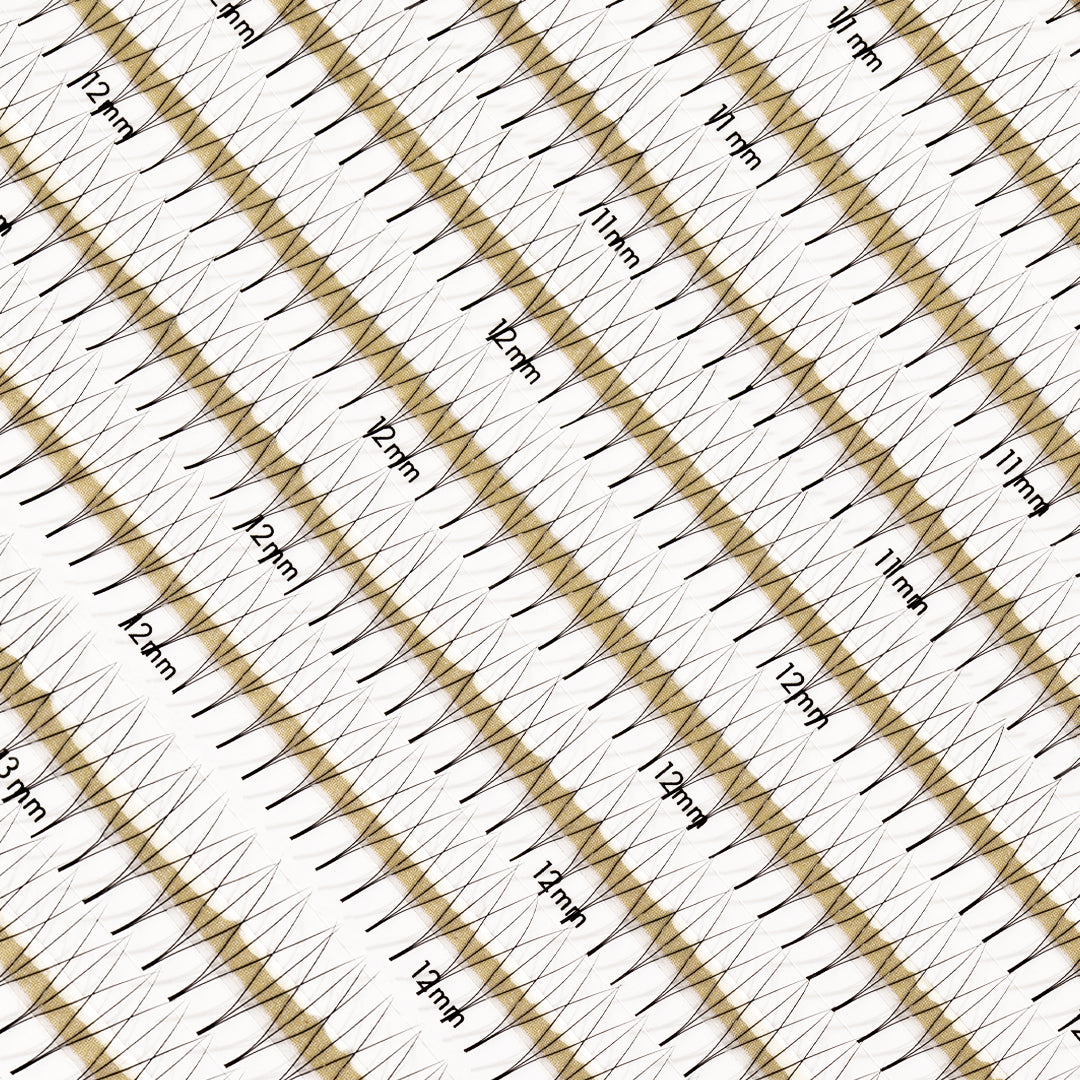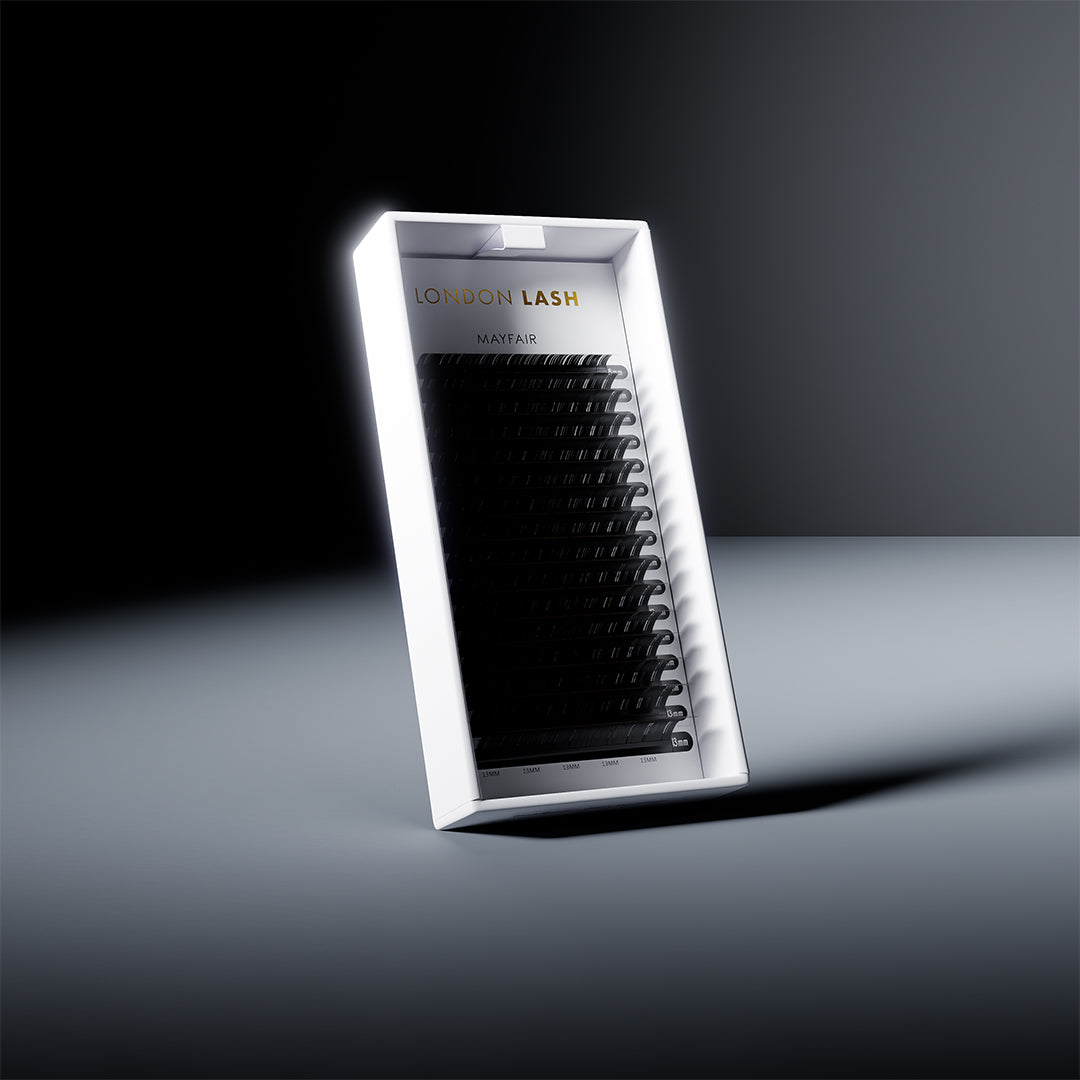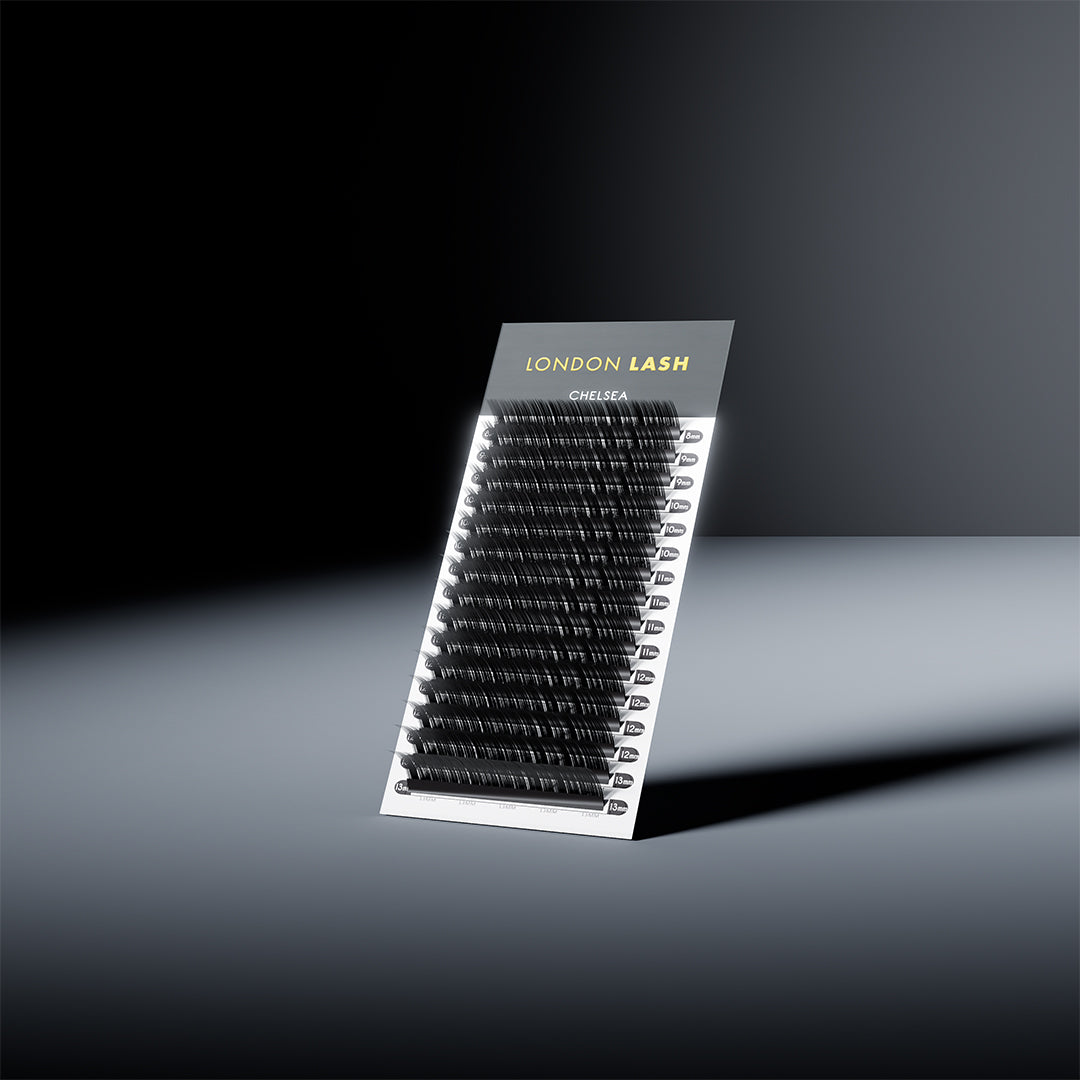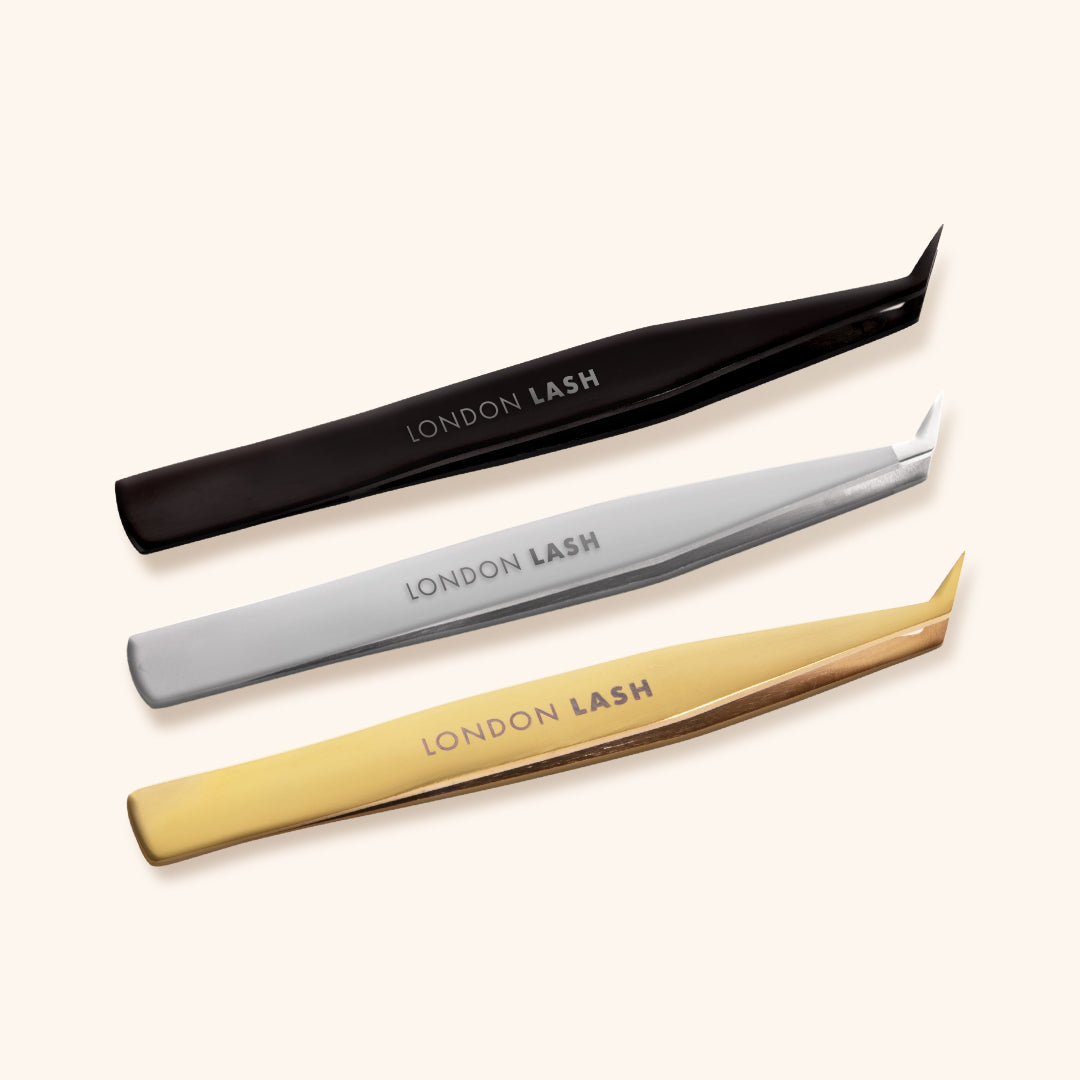New In
Glues & Liquids
Lashes
LASH LIFT
Dolla Nails Pro
Online Training
How To Create The Perfect Fan
April 13, 2021 4 min read

Our 3 Favourite Lash Fanning Techniques
Are you having problems finding the perfect fanning method? Panic over, you've come to the right place!‘The Perfect Fan’ - these three simple words can bring dread to some, and to others, it will incite a long conversation about a variety of ways they, as a lash tech, have been able to perfect their craft and create the ‘perfect’ fan. There is no shortcut to perfecting your lash fanning method, but we can list them for you! Let us teach you how to fine-tune your fanning technique with our three favorite methods. Once you've found your technique, it will hit you like a lightbulb moment, it’ll just click. You’ll be able to create the perfect fans, time and time again!

What Makes The Perfect Fan?
Symmetry
Whenever we create a fan, we want symmetry - never forget that! Every single space, between every single individual lash, must be equal. However, there is one exception - dependent on the size of your fans, the size of the space will vary. For example, if you are using 2d fans to create a lash look, there will be a larger space in between the lashes; whereas, if you’re using 3d or 4d fans, the spaces between lashes will be slightly smaller.
The space between the lashes in a fan will indicate if the fan is narrow, normal, or wide. If the lash fan is not symmetrical, this can result in a closed or wonky fan. If you want to create a 5d set of eyelash extensions, and 2 of those lashes were closed, the lashes would look uneven and this fan would stick out like a sore thumb. A lash tech's worst nightmare is to create eyelash extensions that look sparse and have gaps; we want full, fluffy, and fabulous lashes!

The Body Of The Fan
The body of the fan should make up two-thirds of the fan, whereas the base of the fan should make up around one-third.
Top Tip: The base of the fan should always be tapered. If it’s not tapered, three things can happen: the base will split, stickies will occur, and the lash won’t attach properly (lash tech breakdown pending 😢).
Glue Zone
A crucial element to perfecting your fanning technique is knowing your glue zone. The glue zone is situated at the base of the fan and represents the 2mm section of the base that you should dip into your lash adhesive. Anything less than 2mm will cause retention issues.

Thickness Of The Lashes
You should ALWAYS choose the thickness and curl of your fan based on your client’s natural lashes. The last thing you want is to damage the lashes by placing an oversized and heavy fan on the lashes.
The general rule of thumb is as follows:
| Mega-Volume sets | 0.03/ 0.04 lashes |
| Volume up to 9d | 0.05 lashes |
| Volume up to 5d | 0.07 lashes |
| 2D Volume | 0.10 lashes |
Keep in mind, this will depend on your client’s desired finish - you can absolutely create a full 3D set with 0.05 lashes for a light fluttery lash look!
Lash Fanning Methods
There are a variety of methods that you can use to create the ‘perfect’ fan, so if one doesn't work for you don’t doubt yourself. As the saying goes “practice makes perfect”, and this applies to discovering which method works best for you. Trial and error are beneficial in this process, trust us!
Here are our TOP 3 fanning methods and how you can use them to create the perfect fans for your future lash extension sets…

Lonely Fan Method
Perfect for beginners, the lonely fan technique is one of the most well-known techniques to use.
It involves pulling the number of lashes you want to make the fan from the lash strip and re-sticking it further along the strip. Using the tip of your volume tweezers, you roll the lashes outwards, and there you have it - a gorgeous fan! As you pick up the fan, use control and a strong grip to dip the eyelash fan into the glue and affix it to the natural lash.
This method gives a flatter base, so is perfect for when you want to attach the fan to the bottom or the top of the lashes.

Rainbow Method
Also known as the rolling technique, the rolling method is very similar to the lonely fan technique. The difference is instead of taking your selected lashes from the other lashes on the strip you leave them there. Then using your tweezers roll the lashes to the side to create a fan. Easy peasy!
This technique will result in a more ‘stacked’ base. It’s a great method to use for when you want to attach the fan to the side of your client’s natural lash.

Pinching Method
The pinching method looks fairly simple, but unfortunately, there's a catch. To perfect this technique, there's a bit of technical wizardry involved to ensure that you don't end up with twisted bases.
Start by taking the lashes that you want from the strip and placing them between your thumb and index finger at the first knuckle in each, whilst maintaining grip with your tweezers. When the lash base is securely between your fingers, gently loosen your grip with the tweezers and at the same time pinch the base together with your thumb. Remember, do NOT roll the base here, this will cause the base to twist.
If you want the fan to open even more, keep wiggling your tweezers and pinching the base with your thumb and forefinger. Once you have your desired fan, grip it tightly with the tweezers and dip it into the glue. Ta-da! It’s ready to apply to the natural lash. This method lends itself well to apply to the side of the natural lash as it produces more of a stacked base.
This is one of the more advanced techniques as it can be tricky, but perfecting this technique does create an overwhelming sense of achievement. It is also so hypnotizing to watch, it’s a technique that will WOW your lash students that's for sure!

To give you some final advice, perseverance is key. It may sound cliche, but it’s true! Our biggest tip is to stick at it, it’ll pay off in the end. Remember, certain techniques may not agree with you initially, but with determination, they will become second nature!
This blog post has been prepared by London Lash Expert, Miren Howarth.
Check out these featured products
+4 More
M L B Extreme-L+1 More
DSubscribe
Sign up to get the latest on sales, new releases and more …

